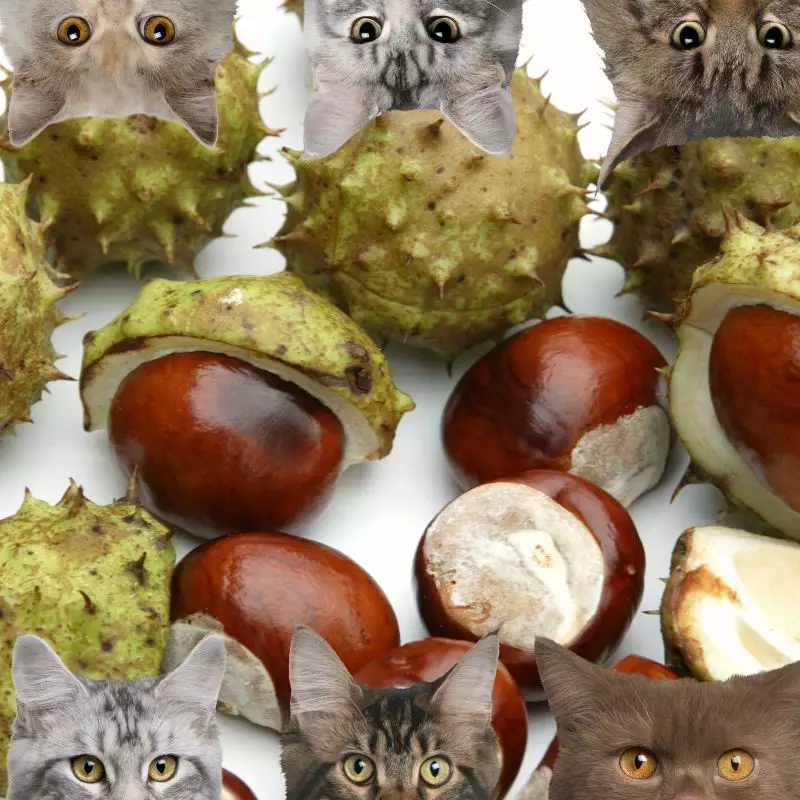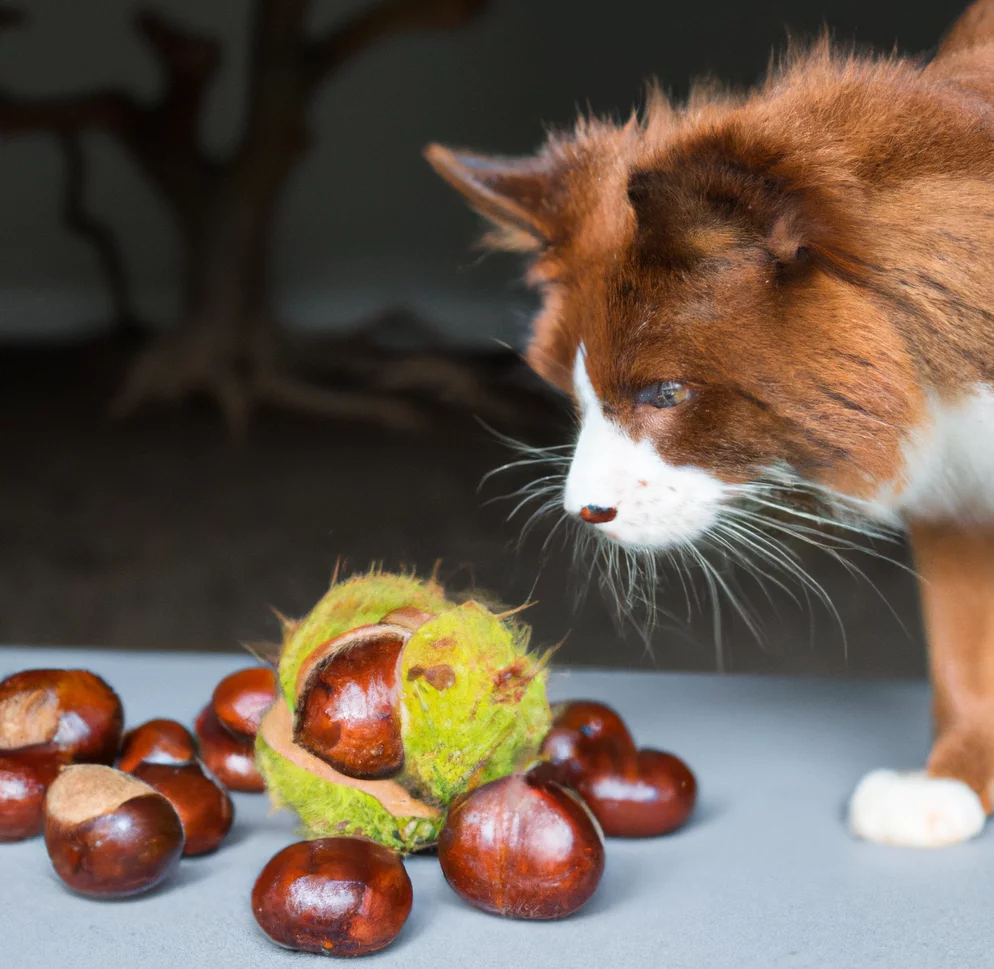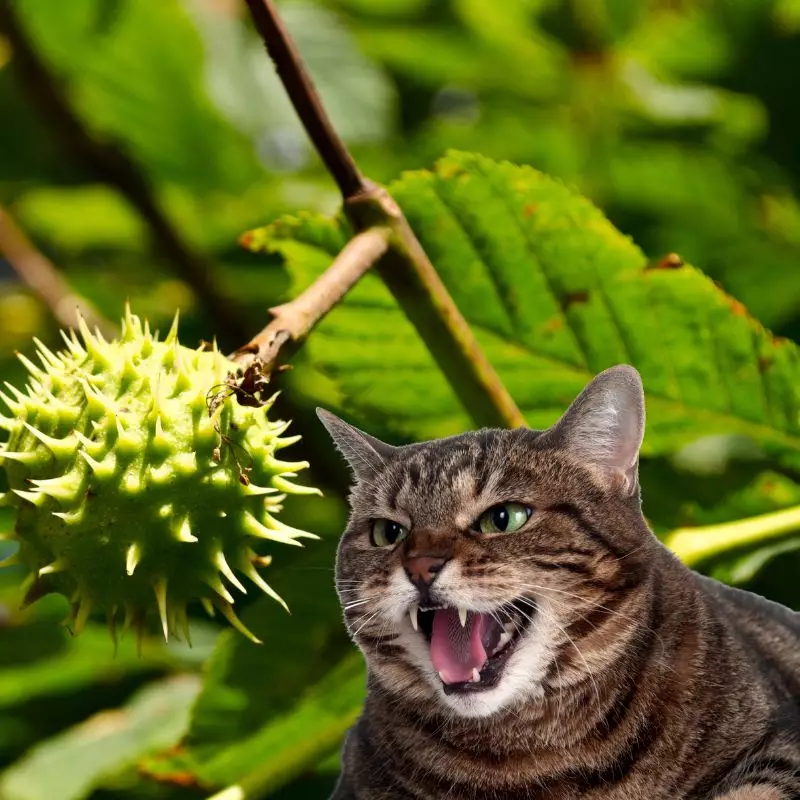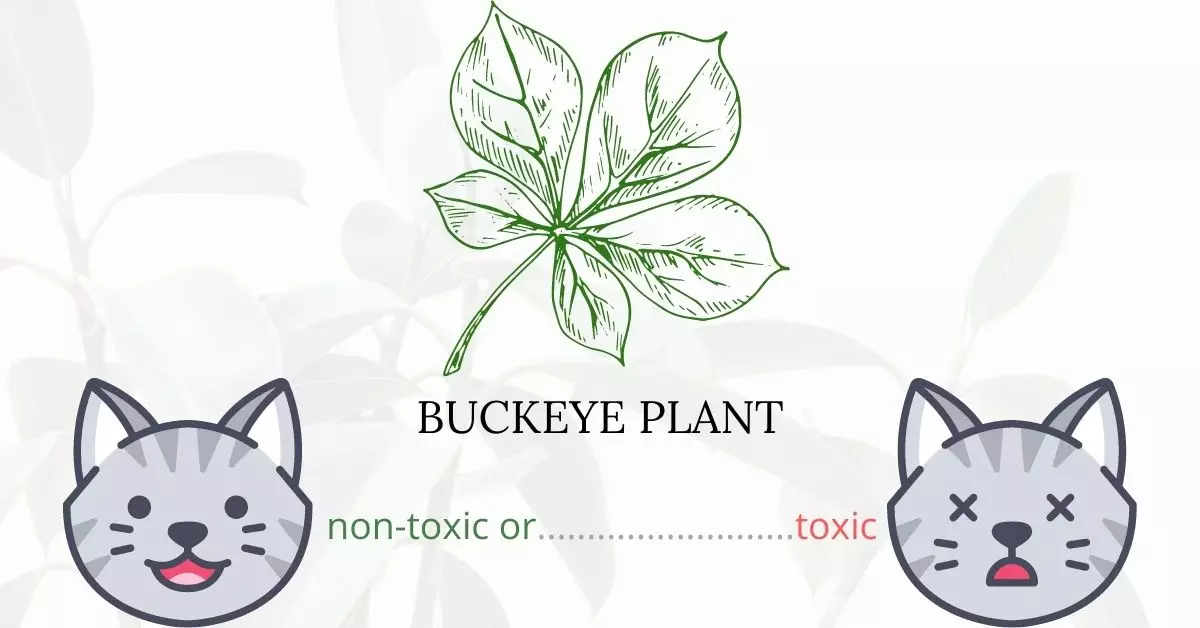Yes, Buckeye, also known as Horse Chestnut, is toxic to cats.
This article is written in collaboration with a team of experienced DVMs (doctors of veterinary medicine). With their expertise, we aim to provide accurate and up-to-date information on the potential risks associated with various plants, particularly the Buckeye or Horse Chestnut in this case. Our research is further corroborated by high-authority websites such as ASPCA and PetMD.
The toxicity of this plant can be attributed to glycosides such as aesculin, saponin, fraxin, and possibly alkaloids found in its seeds, leaves, and bark. If a cat ingests any part of this tree, symptoms such as depression, twitching, mucous membrane inflammation, and vomiting are commonly observed.
Clinical Signs of Buckeye or Horse Chestnut Poisoning in Cats

The ingestion or contact with the Buckeye or Horse Chestnut plant can lead to a range of clinical signs in cats, largely due to the presence of saponins and other toxic compounds. Here’s a breakdown of these symptoms and their underlying causes:
- Abnormal heart rate & Cardiac arrhythmias: The toxins can directly affect the cat’s cardiac function, leading to an irregular and abnormal heart rate.
- Anorexia & Decreased appetite: The ingested saponins can cause gastrointestinal discomfort, making the cat reluctant to eat.
- Coma: A severe manifestation of the neurotoxic effects of the plant.
- Convulsions & Twitching: These are signs of central nervous system involvement, where the toxins interfere with neural functions.
- Death: In extreme cases, the cumulative effects of the toxins can lead to fatal outcomes.
- Depression & Excitement: Fluctuations in the cat’s mood or behavior are due to the effects on the central nervous system.
- Diarrhea & Gastroenteritis: Saponins are known to induce severe stomach and intestinal problems, leading to inflammation and diarrhea.
- Drooling: An immediate oral reaction to the bitter and irritating nature of the compounds present.
- Dilated pupils: A reflection of the cat’s central nervous system being affected.
- Loss of coordination & Wobbly: Neurotoxic effects can impede the cat’s motor skills, causing unsteady movements.
- Severe vomiting: A direct outcome of the gastrointestinal irritation caused by saponins and other toxic elements of the plant.
If a cat shows any of these symptoms after suspected exposure to Buckeye or Horse Chestnut, it’s crucial to consult with a veterinarian immediately.
First Aid and Treatment of Buckeye or Horse Chestnut Poisoning in Cats

After doing a complete physical examination and some laboratory tests, the veterinarian will provide treatment to your cat depending on the severity of his or her condition. Oxygen and IV fluids may be administered as well as activated charcoal if the situation calls for it. In case of seizures and anxiety, paraldehyde may be given to your cat. Other necessary medications may be also given by the veterinarian as the situation may need.
Recovery from Buckeye or Horse Chestnut Poisoning in Cats

The vet may require close monitoring depending on the extent of your cat’s ailment. You can take him or her home as soon as the vet gives you permission. Follow the vet’s post-treatment instructions to the letter. While your cat is recuperating, make sure he or she intakes plenty of fluids and has a calm and comfortable environment at home. As long as your cat was given quick veterinary care and medical attention, he or she will fully recover fast.
Prevention of Buckeye or Horse Chestnut Poisoning in Cats
You may control what you plant at home but you cannot totally avoid your cat being exposed to buckeye trees and other toxic plants outside. Restrict your cat from getting out and straying far from your house by keeping him or her occupied at home. Utilize playpens and cat houses and install additional security at home like fences and safety nets.
If you love plants but have cats at home, check out these lists:





